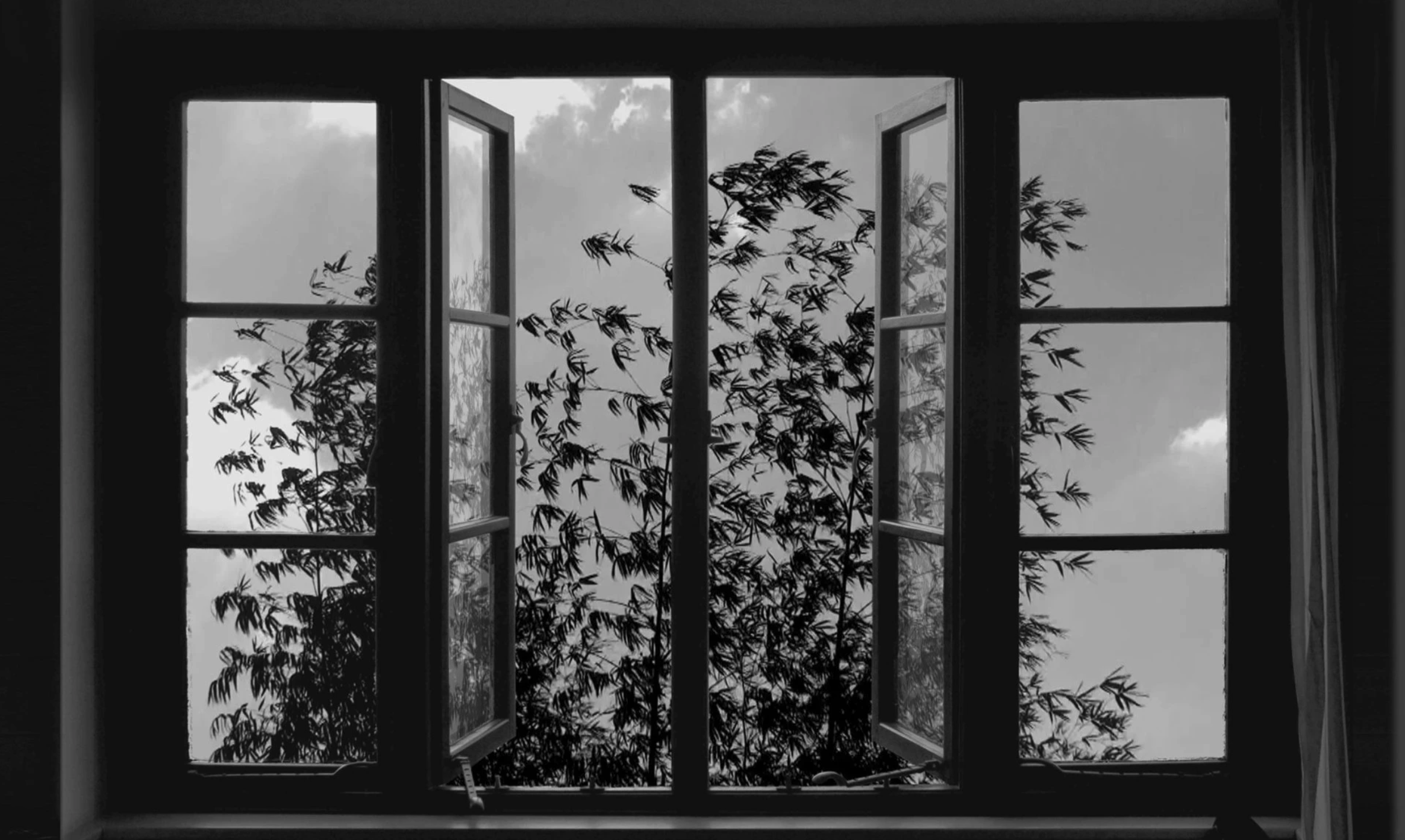24 Frames
Director/ Abbas Kairostami
Watched on Criterion
Rating 3/5
Abbas Kairostami didn’t know that 24 Frames would be his last film. After making it, he died of an unexpected and sudden illness. His death lends 24 Frames a spectral significance. The quietly haunting and luminous black-and-white and color images offer a restful vantage point from which to contemplate the themes, ideas, images and sounds which made up his canon of work.
Admittedly, I was never a devotee. His naturalism seemed rudimentary, and his repetitions often veered to dullness. Yet, his images and stories were tightly controlled, and from the surface simplicity of his plots–which were more like situations, or reactions to encounters–one could easily get drawn into the growing and confounding complexities. Matters of class and envy collided with intellectualism, and he playfully but rigorously combined metaphysical questions with meta-narrative devices.
He refused to be hurried, and if you stuck with his films, their ambiguous endings often left you with tantalizing questions.
In this way, 24 Frames functions as a coda. Twenty-three still photos the director shot, and one famous painting, Hunters in the Snow, by Pieter Bruegel the Elder, occupy the running time. Each frame is on screen for 4-5 minutes. Kairostami wanted to explore what may have happened before or after he snapped his pictures, so he employed CGI to animate the frames, inserting birds and animals, snow and rain, natural sounds and music. It’s unclear why he included the Bruegel, but the other pictures function the way the director’s films sometimes do. They are intriguing up to the point where restlessness takes over.
All of the photos were taken outdoors, usually of a landscape, rarely with humans involved, and some with man-made structures in the frame. A few of the frames contain mini-dramas, such as wolves eating a lamb that was alive in the previous frame, and a cat killing a bird. But most of the scenes are merely decorative, pretty snowscapes, some with a clever little denouement rounding them off, others that stare out a window at swaying trees.
The director may have intended the film as a museum installation, meant to draw a wandering viewer’s eyes for a few minutes. It will probably help, when viewing 24 Frames, to not expect too much from it, or read too much into it.

